“The Lord of the Rings: The Two Towers” - A Review
You might think that millions of people around the world will watch the continuation of “The Lord of the Rings,” ultimately spending their own money, not yours. You can’t count money in someone else’s pocket. After three hours, thank goodness, the lights come on, you get up and calmly leave with a single reaction. Yes, it’s nauseating, but sometimes life is nauseating too – when you get carsick or eat something wrong. It passes eventually, so there’s no need to get irritated.
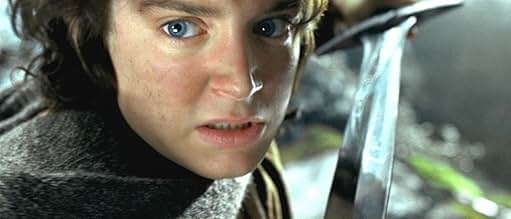
However, you watched it, even if it was for work, and you watched it yourself. And what did you see there? What, besides the intensive development of absolutely nothing, which began to pass itself off as something complete in “The Fellowship of the Ring” thanks to a hundred million budget? Well, this time the budget is slightly smaller, so the development is a little faster. But two hobbits (Elijah Wood and Sean Astin) continue to walk to the land of evil to throw away an extra golden ring. Just lying around for some reason. Two other hobbits (Dominic Monaghan and Billy Boyd) escape from villainous captivity and end up in the forest. Three more bros (Viggo Mortensen, Orlando Bloom, John Rhys-Davies) end up in a normal country that the land of evil has gone to war with. Then the first two encounter a moral freak (fragments of Andy Serkis) and reach the land of evil solely through his prayers. The other two are taken prisoner by the living trees of the forest. The remaining three, entering into human relations with a normal country, organize a defense. Then the first two leave the land of evil for another normal country… And so on. You could list someone’s movements on the surface indefinitely.

Of course, due to the constant alternation of three storylines, the rhythm is more cheerful, and you don’t feel sleepy, as you did in the first episode of “The Lord of the Rings.” But maybe it would have been better if you did, since compositionally the second episode resembles just three rolls of toilet paper strung on one wooden crossbar. The paper itself is made of something chewed and re-chewed, of completely synthetic, unnatural fibers, although shiny and iridescent. Of course, anyone who needs it will unwind it, and in principle, you can spend your life on the toilet. But what should you be sick with then, that’s the question?
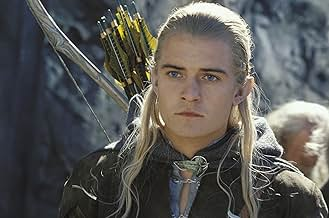
Gollum and the Battle Scenes: The Few Highlights
Let’s leave Tolkien to the Tolkienists. Director Peter Jackson brilliantly coped with only one moral freak. This Gollum-Smeagol has both cinematic and psychological meaning. Computer-generated without fear or reproach, two different voices in reality, suspicious and submissive, perfectly convey the eternal suspicions and eternal submission of each of us who has gotten into trouble. The split personality on the screen has probably never been conveyed like this before. There are no more characters, but Jackson also coped with the crossing of the swamp. The dead men who dragged Frodo under the water and awakened his subconscious, eternally gray and muddy, are very stylish, as is the color scheme.
In general, the combination of close-ups and wide shots is better throughout the film, and the sharp tracking shots of the beauties of nature with the appearance of another evil or another stage of the journey on the horizon give a hint of someone’s own eyes, which could really see all this. The apotheosis of the hint is, unfortunately, very brief – it is when Faramir, the brother of the deceased Boromir (David Wenham), examines an old map of Middle-earth in Gondor. A geographical map as such has exactly the degree of convention in combination with a living source that could give the key to entering everything shown as living and real, with the necessary attributes: empathy, respect, understanding. If only it were repeated more often, which, alas, it is not.
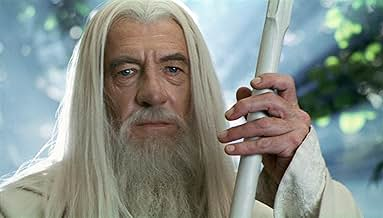
War and Gothic Surfaces
The war is filmed much better than in the first episode, and not only because almost an hour of time is devoted to it, that is, all the director’s respect. It’s just that the Gothic surface looks quite complete and fatal in war. In the Middle Ages, there were indeed constant internecine wars, then they filmed a lot about them, so Mordor Castle and Gondor Castle, the exodus of the civilian population, military councils, sieges and raids, armor and crossbows are all dramaturgically correct.
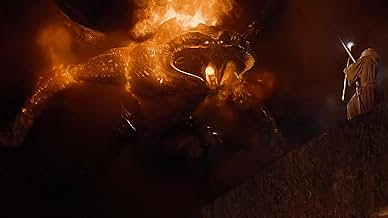
The Downfalls: Orcs, Trees, and a Lack of Humor
Jackson still didn’t cope with the orcs, which are just as puppet-like as their means of transportation. In a new way, but also very bad, are the living trees – this is just a disaster. Where did they get two legs? The wings of the black ghosts are unfinished, there is not enough flexibility, the purely electric eye of Sauron does not fit into the fatal picture. Elijah Wood is still terrible, especially when he portrays pathos, rolls his eyes like an adult and says intelligent words, despite the fact that the other day they showed his hobbit-like, that is, pink and chubby children’s legs. How long will what is shown last with such a complete lack of humor?
Overwrought and Overdone: A Critique of Tolkien’s World
But, of course, the worst thing is the perversion of the perverted. In terms of pathos and pretensions, this is not a children’s film at all, but in the second episode it finally becomes clear that Tolkien invented something purely for the sake of invention, not for the world and not for a view of it. And now this incessant, like urinary incontinence, inventing and broadcasting with thousands of glued noses and ears, monsters drawn on the monitor and synthesized peoples absorbs more and more real matters – sky, water, grass. But there is absolutely nothing spiritual in this water and this grass – something that is given by context, by associations.
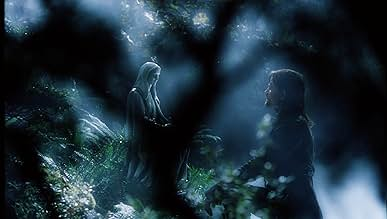
Well, tell me, why do I need elves and gnomes sucked out of my finger if the Guelphs and Ghibellines have long been unsucked? Why do I need the mythical Gondor-Mordor – one name is mysterious – if for a couple of thousand years you could read the list of ships - to the middle and with all the secrets of Hellas and Ilion, which are really stored in mythological thinking? On paper, Homer and Machiavelli are much more thorough, and in the frame, columns of former real conquerors have been marching since Cecil B. DeMille. “Spartacus” and “The Deluge”, and even Bondarchuk’s “Waterloo” fight more interestingly, evoke empathy. There was at least Napoleon there, and you can think about Aguirre and Eldorado, and about “The Emperor and the Assassin” - you can also easily, although this is China, that is, almost Mars. But there is something to understand there, not knowing and knowing that you will never know.
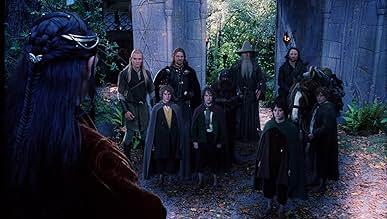
Middle-earth, invented by one unfortunate English professor, may still be acceptable on paper, as an option, albeit a dead-end one: one professor can never replace the billions who created mythology or history with geography. But when this stupidity is mechanically embodied in faces, clothes, houses, landscapes and wars, it becomes aggressive. “The Two Towers” is already a completely manifested aggression, sorry, of ignorance and lack of thought. Two side emotions after three hours of nausea – annoyance that such efforts and investments are wasted (Bernard Hill could have been Charlemagne instead of some one-dimensional old king), and a firm conviction that I will not read Tolkien now even by order of the Supreme Court.